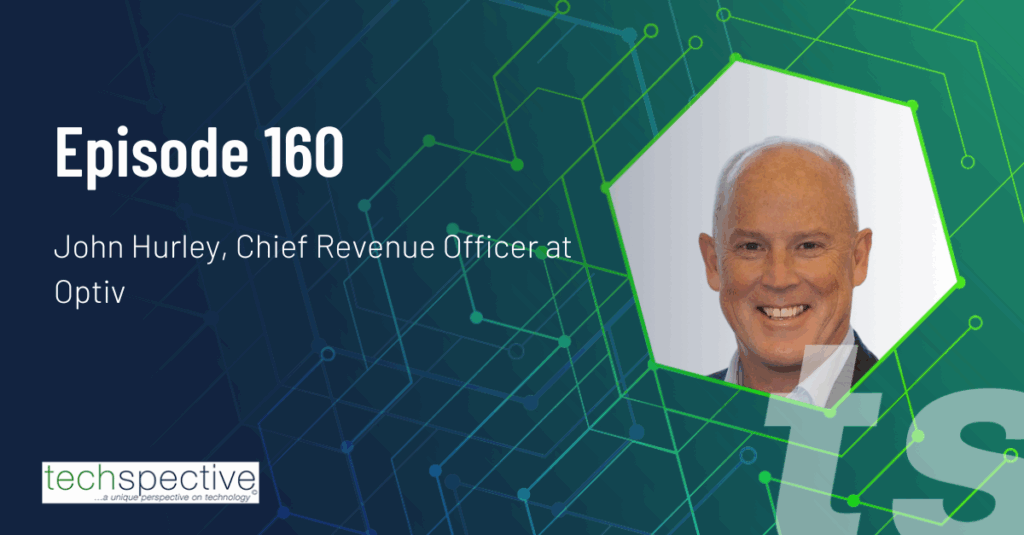Even before artificial intelligence (AI) became a ubiquitous term, the cybersecurity risks it presented were creating challenges for organizations.
This is a security gap that is widening not only as attackers weaponized AI’s capabilities for launching cyberattacks, but also as employees use GenAI tools in the workplace to streamline their tasks to save time and improve efficiencies. And AI is not just automating workflows or generating content; it’s transforming fundamental aspects of how organizations operate, from managing data to securing their IT environments.
Much like the early days of cloud technology or bring your own device (BYOD), in some cases, employees are moving faster than their corporate leaders and introducing tools into the workplace without the oversight of IT teams.
However, the trend of ‘Shadow AI’ raises significant concerns. It’s opened a whole new, highly unchecked vector through which a company’s most sensitive data can be revealed. Employees are, in effect, relinquishing control of that information every time they add data to a prompt.
Regaining control is fast becoming a strategic imperative, and locking down data requires a combination of policy, process, and cybersecurity technology.
The Silent Threat of Shadow AI
The use of unsanctioned AI tools is essentially a Shadow IT problem with a new twist, which presents a significant challenge for CISOs. One study has put the number of employees using unapproved generative AI technologies at work at 55%, and organizations now face the daunting task of safeguarding sensitive data whilst navigating this fast-evolving landscape.
One of the primary security concerns with Shadow AI is the exposure of sensitive data, such as intellectual property, financial records, personal information, and legal documents, which users input through prompts. As AI systems aggregate and train on the information that’s fed into them, users are putting their companies at greater risk of data falling into the wrong hands.
It’s a nightmare scenario that no CISO wants, but there are numerous instances of employees uploading sensitive information, including source code and HR records, to unauthorized AI tools like ChatGPT. In one reported case, an employee at Samsung accidentally caused the leakage of sensitive source code, uploading it to ChatGPT to check for errors.
This is a prime example of the law of unintended consequences: employees, in their efforts to improve productivity and efficiency through GenAI, are inadvertently putting their organization at far greater risk.
Process, Policy, and Education
The complexities of safeguarding sensitive information in the AI-powered workplace is no small task. Although some companies have made initial strides toward data governance by incorporating policies for GenAI use, the extent of progress varies significantly. This highlights the broader need for clearer guidelines and more comprehensive regulatory frameworks to ensure consistency in AI-related data security practices.
As a starting point, organizations must establish stringent guidelines for AI applications and educate their staff on the importance of using only corporate-approved AI tools. There are significant variations in the security of applications, so ensure that only secure, vetted, enterprise-grade solutions are used to process sensitive data.
Regular audits of AI usage within the organization should identify gaps in AI security policies and provide actionable recommendations for improvement. Complementing these audits with comprehensive employee training and awareness programs is equally important. Educating employees about the risks associated with Shadow AI, along with clear policies on the types of data they can share in AI tools, reinforces the organization’s policies.
Preventing Data Exfiltration
Strong data handling protocols specific to AI tools are also essential, such as usage monitoring tools that track applications and identify unauthorized tools. Additionally, managing access through identity and access management (IAM) solutions ensures that only authorized personnel can use AI applications, significantly reducing the risk of data exposure and enhancing overall security.
The risk of sensitive corporate data, including intellectual property, leaking outside the perimeter is not only a privacy risk, but it also puts organizations at a heightened threat of cyberattacks. It’s providing valuable information that can be used by cybercriminals to target individuals or companies in the future. To minimize these risks, organizations should implement security measures to prevent data from leaving endpoint devices if they are targeted by a cyberattack with anti-data exfiltration (ADX) technology.
With the rapid evolution of AI adoption and regulation, organizations must adapt their strategies to stay ahead of emerging risks. Shadow AI represents a growing challenge for CISOs, but with the right policies and proactive security measures in place, it’s a threat that can be effectively mitigated.
Companies should prioritize regulating AI usage by ensuring that only approved tools are utilized and by implementing robust monitoring frameworks to safeguard sensitive data. In this way, organizations can achieve a better balance between the productivity and efficiency gains that AI offers and the additional security risks it introduces.
- The Hidden Dangers of Shadow AI - November 5, 2024




Comments are closed.